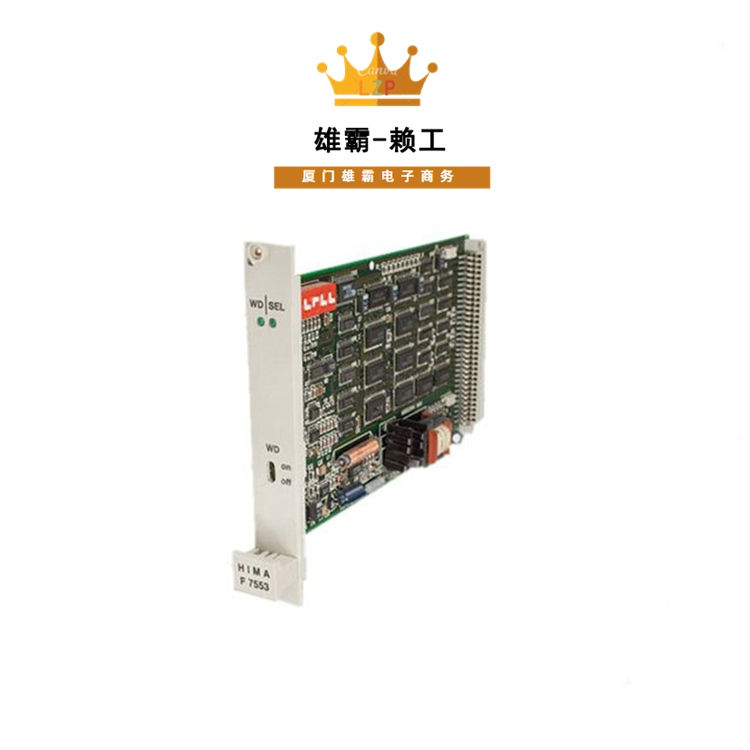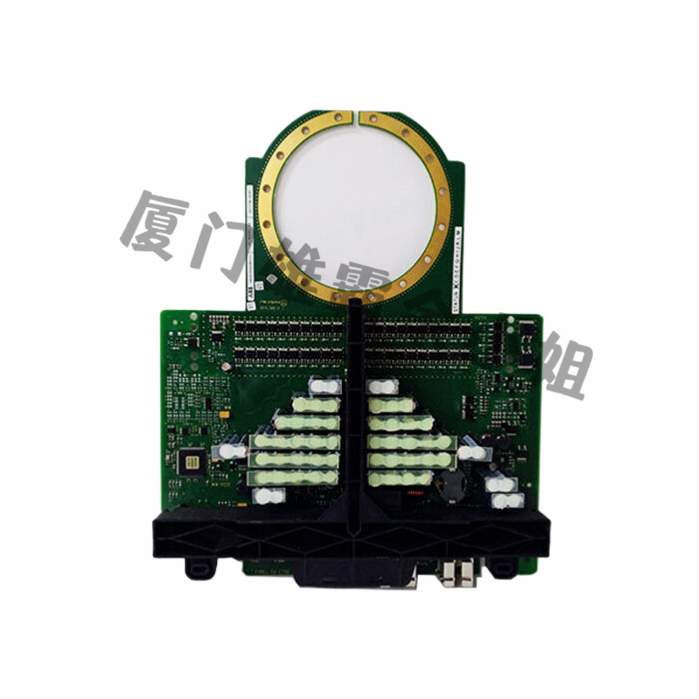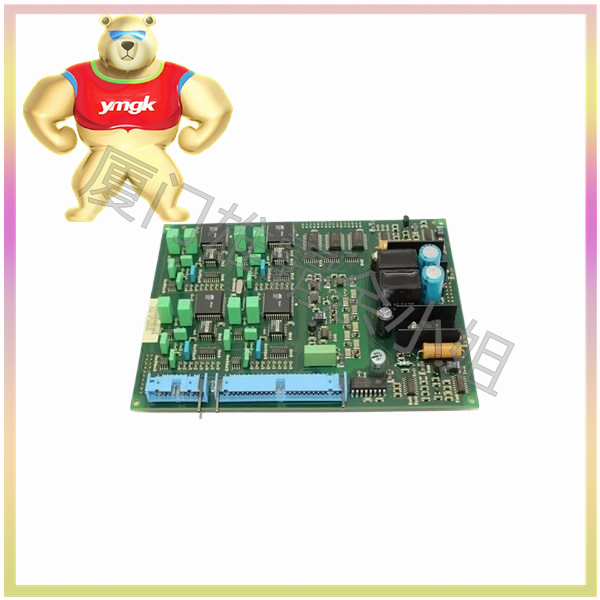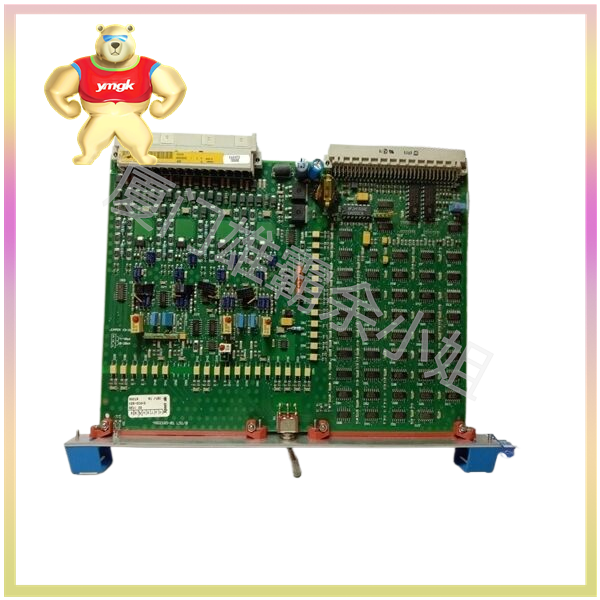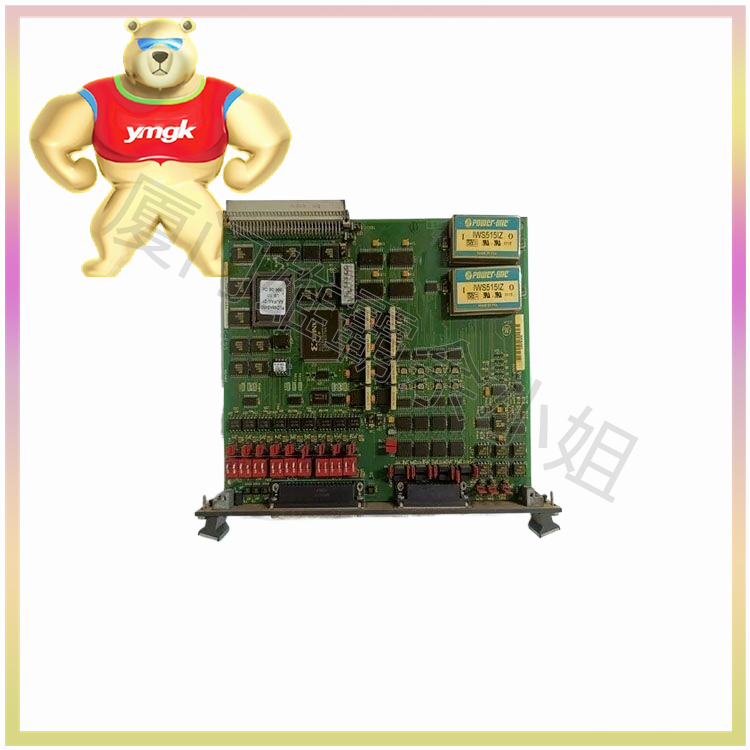The difference between electromagnetic relays and solid-state relays
Relay is a commonly used electrical component, widely used in fields such as power, electronics, communication, automation, mechanical control, etc. The function of a relay is to convert the control signal of a circuit into the corresponding circuit function. At present, relays are divided into two types: electromagnetic relays and solid-state relays. Below, we will provide a detailed introduction to the differences between electromagnetic relays and solid-state relays in terms of structure, principle, advantages and disadvantages.
1、 Structural differences
Electromagnetic relays are composed of electromagnets, springs, contacts, etc. Electromagnets are the core components. When current passes through the coil, a strong magnetic field is formed to attract the iron core, causing the contacts to cut off or connect the control circuit. The structure of electromagnetic relays is relatively simple, with a large volume and heavy weight.
The structure of solid-state relays is relatively simple, consisting of control circuits and load circuits. In control circuits, triggers are mainly used to control the output circuit, while the load circuit is mainly composed of components such as transistors, thyristors, field-effect transistors, and insulated gate bidirectional thyristors, which can control high current loads. Compared to electromagnetic relays, solid-state relays have a smaller volume and lighter weight.
2、 The difference in principle
The working principle of electromagnetic relay is to control the circuit by causing the contacts to move through the magnetic field of the electromagnet. The advantages of electromagnetic relays are reliable operation and high control accuracy, but they are prone to mechanical damage during long-term heavy load operation, and the relay contacts are prone to sintering, leading to malfunction.

The working principle of solid-state relays is to control the circuit by controlling the switch through electronic devices. Solid state relays have no mechanical structure, so there are no problems such as contact sintering and mechanical damage, and they do not generate arcs or noise. They have the advantages of good isolation, high sensitivity, and long service life. The disadvantage of solid-state relays is that their control accuracy is lower than that of electromagnetic relays, and their price is relatively higher compared to electromagnetic relays.
3、 Differences in performance
Electromagnetic relays require a large driving current during operation, which imposes certain limitations on the load capacity of the circuit; Solid state relays have smaller driving currents, higher output capabilities, and can operate at high frequencies. In addition, electromagnetic relays have the characteristics of maintenance free, impact resistance, and high reliability; Solid state relays have the characteristics of fast response, no mechanical vibration, and low working noise.
4、 Differences in application
Electromagnetic relays are widely used in various applications that require current control, such as lighting control, electrical door control, household appliance control, etc; Solid state relays are widely used in industrial automation, machine tool control, speed control, and other applications, especially in high-frequency switches and situations that require high circuit isolation.
In summary, there are differences and advantages and disadvantages between electromagnetic relays and solid-state relays in terms of structure, principle, performance, and application. In practical applications, appropriate relay types should be selected according to actual needs. If high-precision and high load control is required, electromagnetic relays can be chosen; If you need fast response, long lifespan, no arcing and noise, you can choose solid-state relays.

